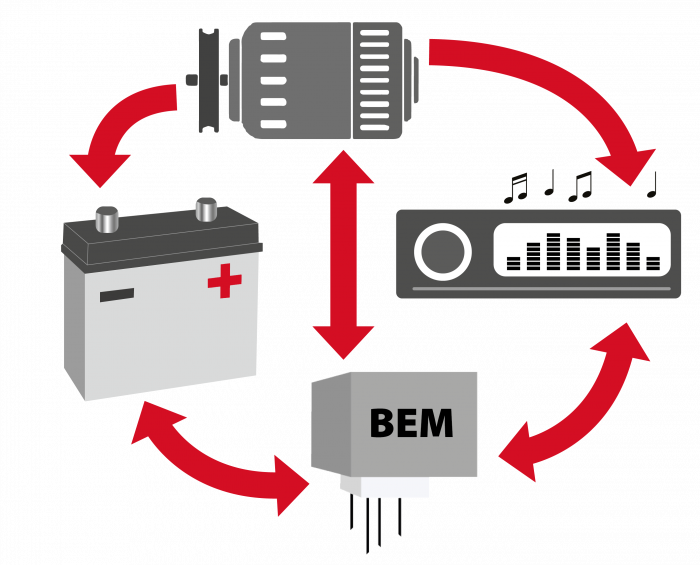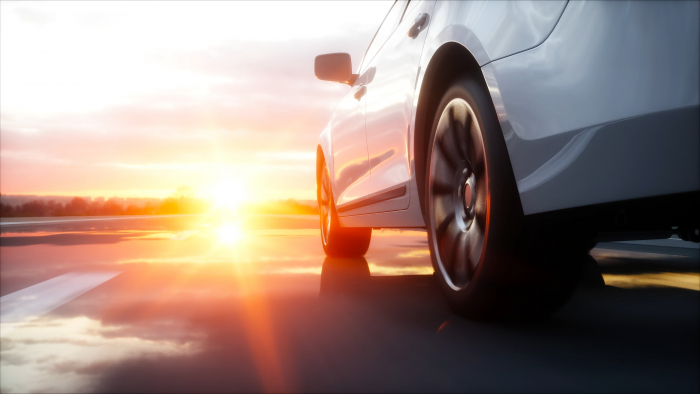WHAT IS THE ON-BOARD ELECTRICAL SYSTEM?
OVERVIEW OF COMPONENTS OF AN ON-BOARD ELECTRICAL SYSTEM
The term on-board electrical system is used to describe the totality of all electrical and electronic components in vehicles, such as cars. The term on-board electrical system is generally used for almost all means of transport. The on-board electrical system is responsible for the power supply and the flow of information between components and control units. It is also a synonym for the electrical voltage or the nominal voltage on board vehicles.

The electrical and electronic components of an on-board electrical system include:
- Actuators, e.g. lighting systems and electric motors do the opposite of sensors. Conversion of current or voltage into another form of energy such as light, torque, motion, temperature, pressure, sound, ...
- Display elements such as control and warning lights or displays.
- CAN bus systems (CAN controller area network, connection and communication of several control units by sensors).
- Energy storage devices such as batteries (accumulators).
- Alternators (generators).
- Sensors, in turn, do the opposite of actuators and convert a physical quantity such as temperature into electricity. The most important sensors in the car in brief: battery sensor, brake pedal sensor, speed sensor, clutch pedal sensor, crankshaft position sensor, ...
- Control units.
- Wiring and power outlets.

Nowadays, the on-board electronics in modern vehicles can do much more than just supply electrical consumers with power. Up to 100 control units communicate with each other via the CAN bus, a data highway in the car, receiving data and measured values from many sensors.
If the vehicle is equipped with a battery energy management system (BEM), this controls the state of charge (SOC – State Of Charge, charge level), the starting capability (SOF – State Of Function), the state of health of the battery (SOH – State Of Health), and turns electrical consumers down or off for a short time if more power is needed to charge the battery.
Electronic systems have significantly increased both safety and comfort in modern cars, and digitalisation under the bonnet continues to advance.
The latest news on the subject of electrical system stability and power management.
The strong increase in electrification in the automotive sector is creating a high dynamic demand for power in the electrical wiring system. A current example is the modern drives in hybrid and electric cars.
Large power fluctuations are increasingly jeopardizing the stability of the vehicle electrical system, so sudden undervoltages can lead to functional restrictions and even total failure of important control units.
This is one of the reasons why an upgrade from EFB batteries to even more stable AGM batteries is being considered or has already been implemented in the passenger car segment.
You might also be interested in the following:

